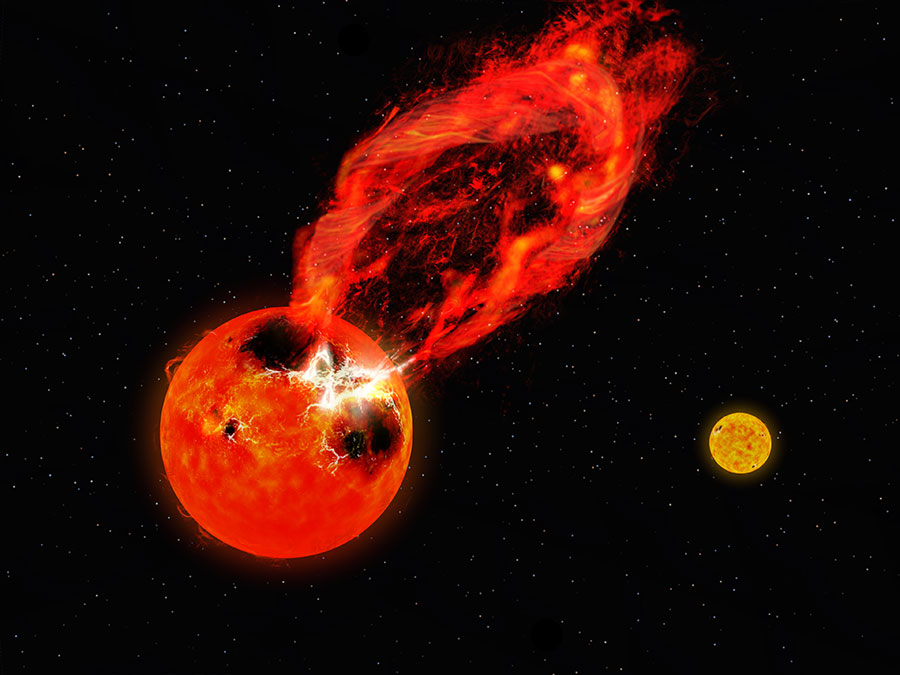2023-04-25 カーディフ大学
このシステムは、既存の津波警報システムを補完・強化するとしており、海底マイクロフォンによって捉えられた音響放射を測定し、アルゴリズムを使用して津波の大きさと規模に関する信頼性の高い情報を提供します。
この研究は、津波被害を軽減するための自然災害警報システムの強化プロジェクトの一環として、世界中の国の警報センターに導入される予定です。
<関連情報>
- https://www.cardiff.ac.uk/news/view/2715680-using-artificial-intelligence-to-create-a-tsunami-early-warning-system
- https://pubs.aip.org/aip/pof/article/35/4/046113/2885298/Numerical-validation-of-an-effective-slender-fault
過去の津波シナリオに対する効果的な細長い断層音源解の数値的検証
Numerical validation of an effective slender fault source solution for past tsunami scenarios
Bernabe Gomez,Usama Kadri
Physics of Fluids Accepted::February 28 2023
DOI:https://doi.org/10.1063/5.0144360

To estimate tsunami hazards, it is first necessary to have reliable data relating to the rupture characteristics, such as epicenter, fault geometry, uplift speed, and duration. We made use of a mathematical model that combines analytical and machine learning technique capable of retrieving rupture characteristics from acoustic data. The model was applied with short computational times to data recorded by the comprehensive nuclear-test-Ban Treaty organization hydrophones during four tectonic events that were reported to trigger tsunami waves. The presented inverse problem model for acoustic waves with adequate tsunami propagation tools can be used as a complementary technique alongside tsunami warning systems due to the high propagating speeds of the sound in the ocean. In this paper, the validity of the solutions provided by the inverse problem model is tested by using the calculated earthquake parameters as input to the Cornell multi-grid coupled tsunami numerical model, which, in turn, output surface wave elevations (tsunami) to be compared against deep-ocean assessment and reporting of tsunamis buoy data.



